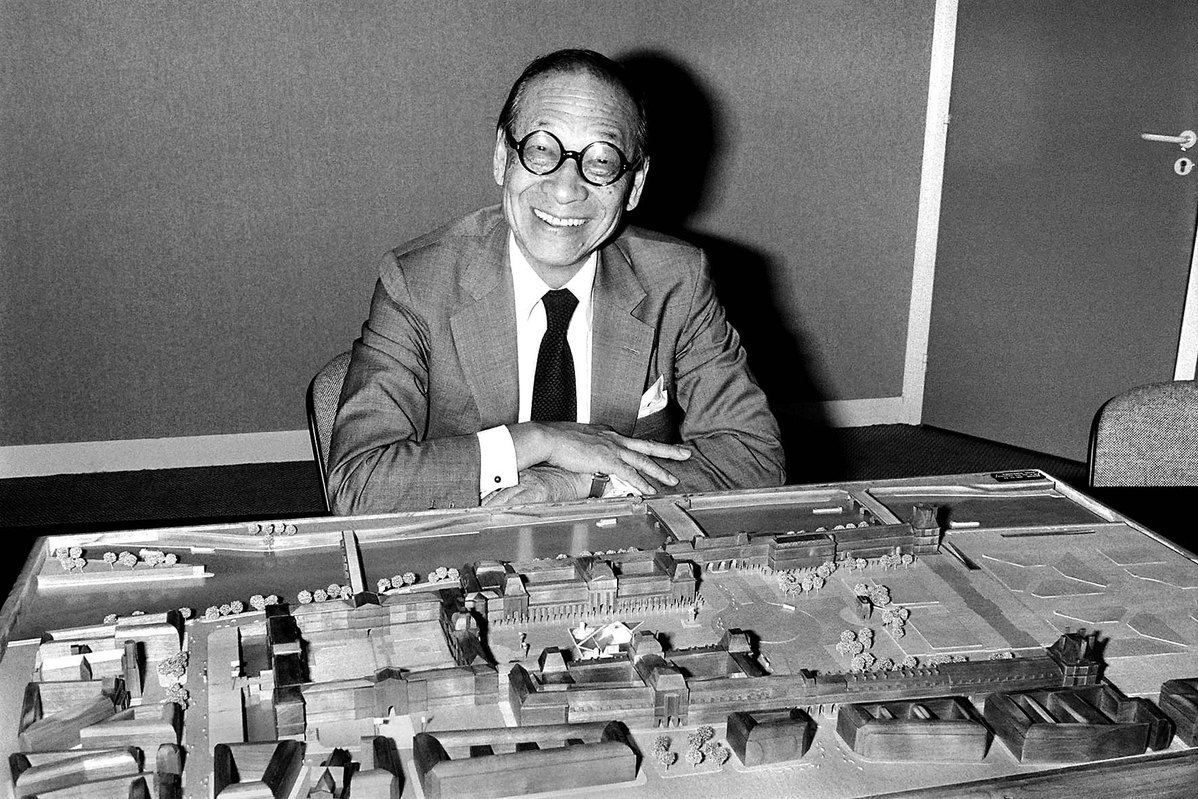How I.M. Pei embraced past and present






Born in Guangzhou, Guangdong province, to a large, wealthy family, Pei was expected to become a banker, like his father who cofounded Bank of China, or a doctor, as his father had wished. But Pei's artist mother instilled in him an early interest in art and culture.
Pei moved to Shanghai with his parents when he was 10. The prosperous, Western-style buildings along the Bund triggered his first thoughts of studying architecture. He once recollected that almost every day after school, he was drawn to construction of the Peace Hotel in 1929, which became the most luxurious building in Shanghai at the time.
The city was not far from Suzhou where the Pei family's ancestral home was located. Considered one of the four richest families in Suzhou during the Qing Dynasty (1644-1911), the Peis had been in the city for 600 years.
The family owned Shizilin, or Lion Grove Garden, one of the most renowned tourist attractions in a city known for its beautiful gardens. Pei's grandfather, a well-known financier, asked him to spend some time at the house during summer holidays.
Pei and his cousins used to play in the garden, hide in the strangely shaped hollow rocks and enjoy views of the stone bridge, ponds and waterfalls. He used to say that he realized later how the years spent in Suzhou influenced his designs and made him aware of the relationship between people and nature.
In 1935, Pei arrived in the United States to pursue his dream of becoming an architect. Although the then teenager had seen many Western-style buildings in Shanghai, it was during his studies at the Massachusetts Institute of Technology and the Harvard Graduate School of Design that his mind truly opened and he learned about the future direction of modernist architecture. He was inspired by the work of pioneering modernists Charles-Edouard Jeanneret, known as Le Corbusier, and Frank Lloyd Wright.
After teaching briefly at Harvard University, Pei worked for New York developer William Zeckendorf for 12 years, gaining experience by participating in urban renewal and low-income housing projects across the US.
In 1955, Pei started his own practice, winning commissions for his stark designing style that featured less ornamentation but created bright, inviting spaces for the public.
"The simpler the solution, the more powerful it is," he said.
"Architecture is stones and brick, concrete and steel," he told The Washington Post. "Architecture has to endure."
Pei was highly persistent with his style, which was grounded in thoughtful, comprehensive analysis before he began the design work. His confidence and perseverance led him through the storm of outrage he encountered with his work on the Louvre project.




















